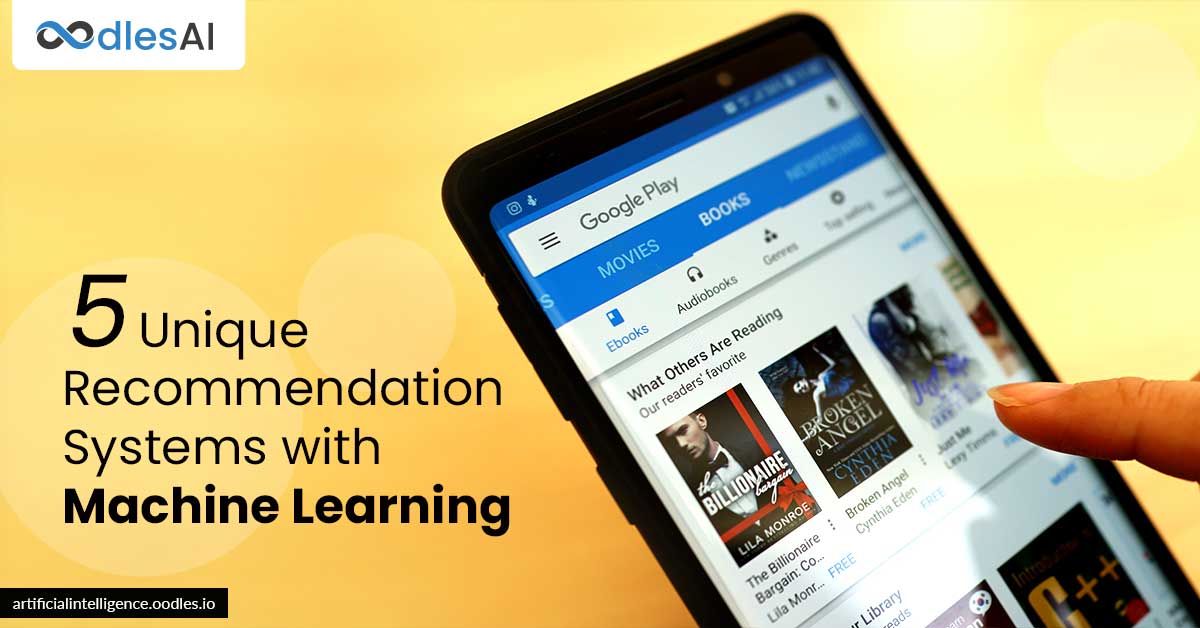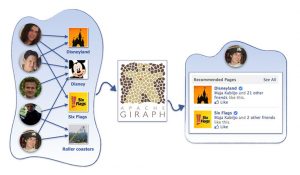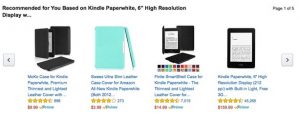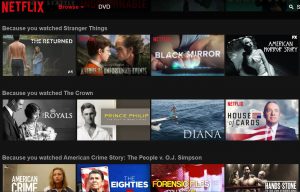5 Unique Recommendation Systems with Machine Learning
Sanam Malhotra | 25th August 2020

Personalization is the trend du jour. Whether it’s eCommerce, virtual assistants, or simply video streaming, the touch of personalized offerings is translating to billion-dollar revenues. Recommendation systems are the medium of presenting personalized products and services to users, connecting them with business in a more appealing way. The whole game behind various recommendation algorithms is played and controlled by Artificial Intelligence (AI). Recommendation systems with machine learning are, therefore, making remarkable strides in improving digital media experiences for consumers.
In this edition, we at Oodles, as an AI Development Company, explore the most-converting recommendation systems powered by machine learning algorithms.
How does Machine Learning Power Product Recommendation Systems
Data is the ‘oil’ that fuels identification, segregation, classification, and even prediction of fresh output based on inputs through machine learning techniques. For recommendation systems, consumer data is extracted from social media, websites, eCommerce portals, apps, and other channels to train machine learning models.
Machine Learning models employ different kinds of innovative algorithms to solve personalizing problems while scaling results for an ever-growing online audience.
Recommendation systems with machine learning use users’ behavioral, historical purchase, interest, and activity data to predict preferable items to buy. As a business, personalized recommendations can achieve greater customer engagement and consumption rates while boosting ROI significantly. As McKinsey reports, personalizing leaders such as Amazon, Netflix, etc. are generating a 15 to 35% increase in revenues through product recommendations.
In addition to higher revenues, here are some other long-term advantages of powering your business offerings with recommendation engines-
a) Attracts more traffic
b) Engages shoppers through diversity
c) Increases customer satisfaction and retention
d) Boosts conversion rates
e) Augments upselling and cross-selling efforts
f) Raises average order value and purchases, and more.
Below are the 5 major types of recommendation systems powered by machine learning-

Let’s look closer at each one of these recommendation systems.
5 Most Converting Recommendation Systems with Machine Learning
1) Collaborative Filtering
Collaborative filtering (CF) is one of the oldest recommendation techniques that match users with similar interests to personalized items, people, feed, etc. Simply put, CF is the “Customers who bought this also bought” type of recommender. It works on the principle that users buying similar products today will prefer buying more such common products.
As a proven technique promising accuracy, CF is now widely employed by consumer-centric companies like Facebook and Amazon.

Image source- Facebook
Here’s how Facebook connects users with close interests to recommend pages, friends, events, groups, games, and more.
Also read | AI for Socializing: Build Recommendation Engines Using PredictionIO
2) Content-based Filtering
The second most popular recommendation system, content-based filtering takes items bought as input data to recommend similar items. Recommendations are specific to every user under content-based filtering, therefore, can scale to a large user base. Such recommendations are often found across eCommerce portals, video streaming apps, and digital libraries under the “Similar products” or “Recommended items” tags.
Amazon is a stark example of content-based filtering, though Google Play Store and Flipkart are also leading the game with content-based filtering.

However, the success rate of content-based recommenders is entirely dependant on a user’s purchase history. That is why it is highly preferable to capture specific user interests.
Also read | AI-driven Conversions: Computer Vision Applications for eCommerce
3) Personalized Video Ranker
The Personalized Video Ranker (PVR) algorithm stems from the crucial need for OTT (Over-the-top) services to nail user preferences. The extraordinary boom in digital content production and demand has led Netflix to develop a highly unique and effective recommendation system.
Supervised and unsupervised machine learning algorithms enable Netflix to strikes the right balance between personalized and non-personalized content recommendations.
 Source- HBS
Source- HBS
The PVR algorithms take the best matches from the entire catalog of databases for each user in a personalized way. It powers the top-most “Genre rows” on the Netflix homepage. PVR lists are followed by the “Top N” ranker that adds recommendations to the “Top Picks” row. It combines personalized filtering with the highest-ranked web series.
4) Candidate Generation Network
The candidate generation network deploys deep neural networks to analyze every user’s history including likes, comments, and most-consumed digital content, etc. Resultant, it predicts future user preferences with precision and relevance using Google Brain’s TensorFlow to train DNNs. Coupled with a ranking network, the candidate generation network extracts richer features for each content to rank the recommendations.
YouTube is one of the personalizing and digital media content leaders that deploys candidate generation network to engage its users.

YouTube uses performance analytics data to rank videos while matching them to user’s most-watched history demographics, and other parameters.
Also read | How-to Guide: Deep Learning for Image Recognition Applications
5) Knowledge-based Recommender systems
knowledge-based engines are some of the earliest know recommender systems backed by a rich variety, velocity, and variation of datasets. They capture digitally stored knowledge in a company’s backend to match specific user queries by decoding its intents, context, and entities. This kind of recommendation system with machine learning extracts a company’s domain knowledge that is governed by ‘if-this-then-that’ rules.
The USP of a knowledge-based recommendation system is that it can be constantly improved not by the user’s history but its interaction with the system. This can happen through the underlying ‘critique method’ that enables users to assign feedback to recommendations for improving search results.

In the above image, Microsoft explains how knowledge-based recommendation systems use machine learning techniques to extract insights from user queries.
Also read | Intelligent QA System With NLP for Optimizing Customer Interactions
Oodles AI: Building Personalized Recommendation Systems with Machine Learning
With an exponential rise in digital multimedia services, it is imperative for businesses to capitalize on AI-powered recommendation systems for maximum results.
We at Oodles AI, are a team of AI developers and software architects who are constantly exploring post-COVID opportunities for businesses field by AI and automation. From OCR for invoice processing to recommendation engines to predictive analytics, our team has successfully developed consumer-centric AI solutions.

Also, we are a well-established Chatbot Development Company that integrates personalized eCommerce recommendations into social media virtual assistants like FB Messenger, Slack bots, etc.
Join forces with our AI Development team to build resilient automation solutions powered by machine learning and deep learning technologies.



